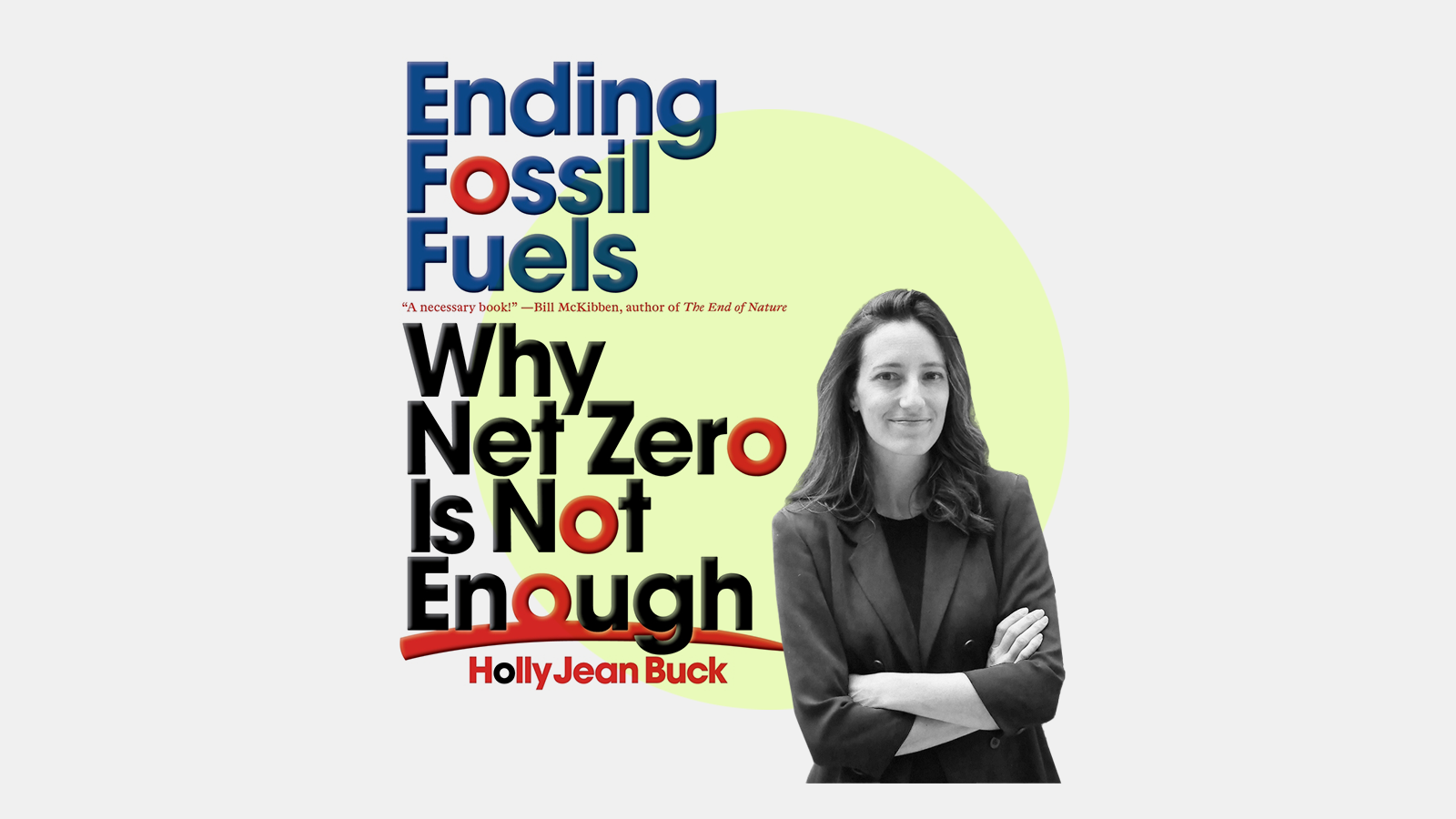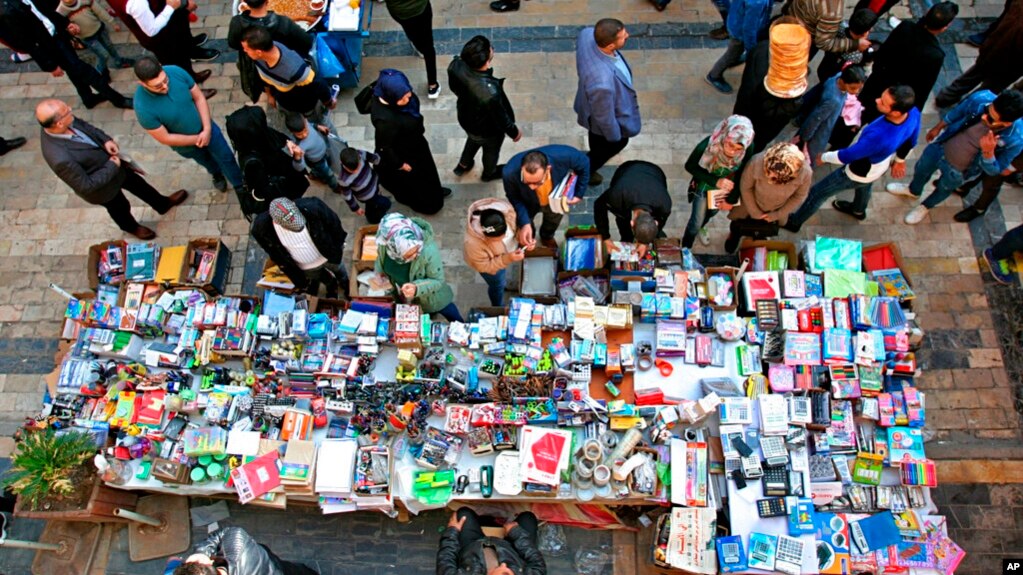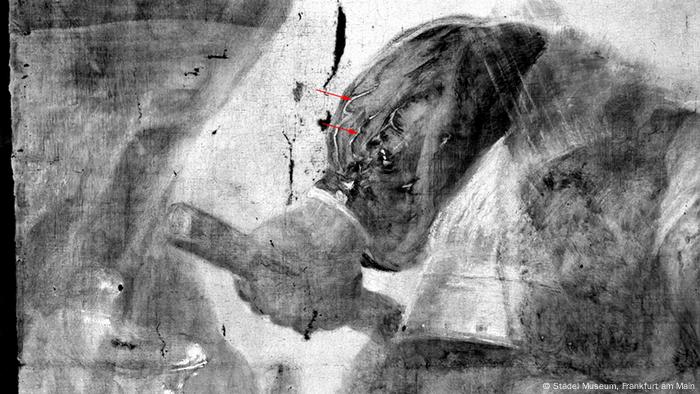Comet Leonard was discovered in January 2021 by astronomer Gregory Leonard
He saw it in images that were taken from Mt. Lemmon Observatory in Arizona
The ball of ice will make its closest approach to the Sun on January 3, 2022
After its closest approach, if it doesn't disintegrate, it will leave the solar system
By RYAN MORRISON FOR MAILONLINE
PUBLISHED: 24 December 2021
A Chinese satellite captured a stunning view of Comet Leonard as it made its closest approach to Earth, with a strong Aurora visible in the foreground.
Since its discovery in January this year, the comet has been fast approaching both the Sun and Earth, at nearly 160,000 miles per hour.
The image was captured by Yangwang 1, which is a small satellite launched by Chinese technology company, Origin Space, based in Guangdong, China.
Scientist who warned the world of Omicron variant says China's 'Zero Covid' policy WON'T WORK against super-transmissible mutant strain as city of 13 million is locked down, and other top stories from December 26, 2021.
It took it from a short clip while the comet was close to Earth on December 12, which is the closest it has come to our planet in 70,000 years.

A Chinese satellite captured a stunning view of Comet Leonard as it made its closest approach to Earth, with a strong Aurora visible in the foreground
Stunning Comet Leonard approaches Earth amid a meteor shower
LEONARD: AN INBOUND LONG PERIOD COMET
Catalogued as C/2021 AI, comet Leonard is named after the astronomer that first discovered it.
Gregory J Leonard spotted the comet using the Mount Lemmon Observatory on January 3, 2021 .
This was a year before it hit perihelion (the closest approach to the sun).
It last appeared in the inner solar system 70,000 years ago and so is on a 70,000 year orbit of the sun.
This will be its last orbit as it is on a hyperbolic trajectory, meaning it will leave the solar system after its close approach to our host star.
The images comes after two satellites designed to observe the Sun captured video of Comet Leonard as it sped past the Earth on its one way trip past our host star.
Yangwang-1 is a commercial space telescope that was launched earlier this year to image the universe in visible and ultraviolet light.
It is also working on the search for near-Earth asteroids that could one day be mined for resources and returned to Earth.
It was the first commercial Chinese space mission, and was available for use by commercial and non-commercial uses, according to Origin Space.
The spacecraft captured the image of Comet Leonard, seen amidst a sky full of satellites and distant stars, on December 12, 2021.
It is just the latest in a series of aurora images captured by the commercial telescope.
The ball of ice and dust is about half a mile wide, and was discovered in January 2021 by Gregory Leonard, who spotted it in images taken from the Mt. Lemmon Observatory in Arizona.
Back garden astronomers, telescopes around the world, and a range of space observatories have captured images of the bright green comet.
The colorised image, shared by Origin Space, shows the comet with its extended tail visible across the night sky
This is similar to images captured by the NASA Solar Terrestrial Relations Observatory Aspacecraft (STEREO-A), and the European Space Agency (ESA) Solar Orbiter observatory.
STEREO-A has been focused on following the green comet since November, and the team from NASA were able to produce a short animation from dozens of images.
NASA published a 'difference image' to highlight 'outbursts' from the comet, caused when it throws off volatile material like gas and water ice - changing its brightness.
The ESA spacecraft, a joint project with the US space agency, captured a video of the comet streaking across its field of view between December 17 and 19, 2021.
Comet Leonard hurtles through space with Milky Way in the background

A pair of satellite designed to observe the sun have captured video of the bright green Comet Leonard, as it speeds past the Earth for the first time in 70,000 years
Comet Leonard will make its closest approach to the Sun in millennia on January 3, 2022, and ahead of that event both solar observing satellites were pointed in its direction.
NASA produced an animated 'difference image' with a grainy grey background designed to highlight the comet and its tail as it streaks through space.
This was created by subtracting the current frame from the previous frame to highlight differences between them.
Difference images are useful for seeing subtle changes in Leonard’s ion tail, which is the trail of ionised gases streaming from the comet’s body.

The ball of ice and dust is about half a mile wide, and was captured by the NASA Solar Terrestrial Relations Observatory Aspacecraft (STEREO-A) (right), and the European Space Agency (ESA) Solar Orbiter observatory (left)
It can be seen getting brighter and longer towards the end of the short clip.
The video captured by the Solar Orbiter Heliospheric Imager (SoloHI) which is a camera on board the Solar Orbiter spacecraft, shows it streak diagonally across its field of view, with the Milky Way, Venus and Mercury also visible.
During the short sequence, Solar Orbiter moves toward a sidelong view of the comet, revealing more of its tail as it moves through space.
More video could be published of the comet, as SoloHI continued to observe the comet until it left its field of view today.
Its closest pass of the the Sun, on January 3, 2022 will take it within 56 million miles of our star, which is about half the distance between Earth and the Sun.
If it doesn’t disintegrate on its way to the Sun, then Comet Leonard's trajectory will fling it into interstellar space, never to return.
But according to scientists, it may already be splitting up less than a year after it was first discovered, or it will begin to split up soon.
When a comet's orbit brings it close to the Sun, it heats up and spews dust and gases into a giant glowing head larger than most planets.

It will make its closest approach to the Sun in millennia on January 3, 2022, and ahead of that event both solar observing satellites were pointed in its direction
Comets – also called 'cosmic snowballs' or 'icy dirtballs' – are conglomerations of frozen gas, dust and ice left over from the formation of the solar system.
They go around the Sun in an orbit that's highly elliptical, meaning they're not perfectly circular, and can spend hundreds and even thousands of years in the darkest depths of the Solar System before returning for their 'perihelion'.
But Comet Leonard has a hyperbolic orbit, meaning once it passes the Sun it will be ejected out of the Solar System and never seen again by Earthlings.

Comet Leonard was discovered in January 2021 by Gregory Leonard, who spotted it in images taken from the Mt. Lemmon Observatory in Arizona

When a comet's orbit brings it close to the Sun, it heats up and spews dust and gases into a giant glowing head larger than most planets
Comet Leonard likely spent about 35,000 years coming inbound from about 323 billion miles (520 billion km) away and may have last visited the inner solar system about 70,000 years ago.
Comet Leonard makes its closest approach to Earth on Sunday, December 12, prior to its perihelion on January 3.
The comet has a green tail because its icy rock interior heats up the closer it gets to the Sun, first emitting a blue dust, then yellow or white and finally green.
When it turns this teal colour, it means the comet is warm, contains lots of cyanide and diatomic carbon and the potential for it to break up is at its highest.
DIFFERENT TYPES OF SPACE ROCKS
An asteroid is a large chunk of rock left over from collisions or the early solar system. Most are located between Mars and Jupiter in the Main Belt.
A comet is a rock covered in ice, methane and other compounds. Their orbits take them much further out of the solar system.
A meteor is what astronomers call a flash of light in the atmosphere when debris burns up.
This debris itself is known as a meteoroid. Most are so small they are vapourised in the atmosphere.
If any of this meteoroid makes it to Earth, it is called a meteorite.
Meteors, meteoroids and meteorites normally originate from asteroids and comets.




















